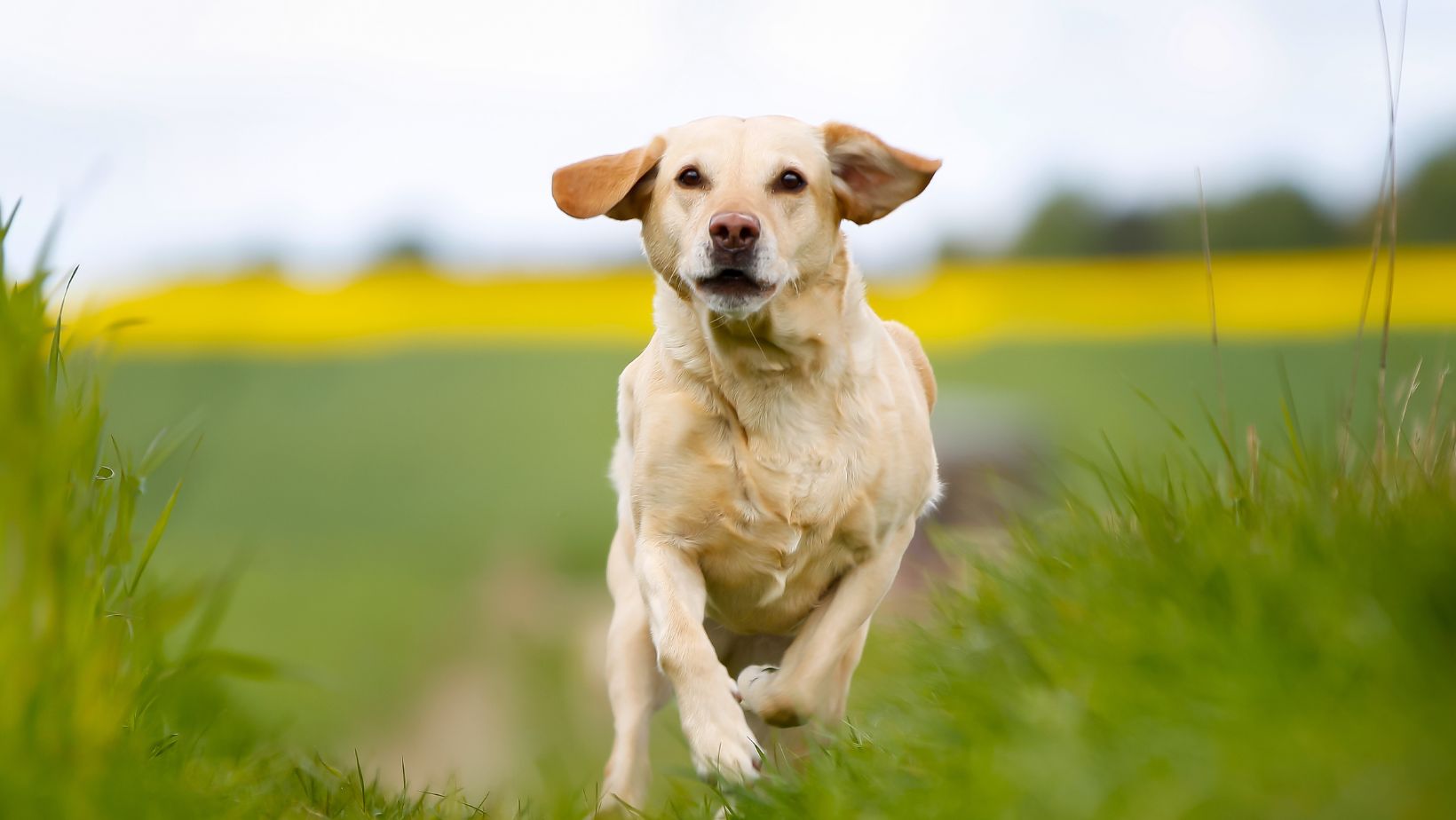How to Train a Dog to Not Pee in the House
As a dog owner myself, I understand the frustration that comes with finding yet another puddle in your living room. You love your Labrador, but you’re at your wit’s end. So how do you train a dog not to pee in the house? It’s simpler than you might think.
First off, it’s crucial to understand that this isn’t just about teaching your Lab where to “do its business”. It’s about establishing trust and communication between you and your furry friend. Consistency, patience, and positive reinforcement are keys to success here.
Let me share some effective training methods I’ve discovered over my years of owning dogs, specifically Labradors. These techniques have worked wonders for me, and they could potentially solve all of your indoor peeing woes too!
Understanding Your Labrador’s Bathroom Behaviors
In my experience, getting to know your labrador’s bathroom behaviours is the first crucial step in training them not to pee in the house. It’s essential because it allows you to predict when they’re likely to have a bathroom accident and intervene before it happens.
Most Labradors have certain telltale signs that they need to go. These can include pacing, sniffing around, or whining. If your dog exhibits this behavior, it’s time for a quick trip outside! I’ll share some of my tips and tricks on how to train a dog not to pee in the house later in this article.
It might surprise you that labs are one of the breeds most prone to urinary tract infections (UTIs). UTIs can cause frequent urination and even accidents indoors – so if your lab has been having more accidents than usual, it may be worth a trip to the vet. Now let’s look at some key points:
- Pacing
- Sniffing around
- Whining
- Urinary Tract Infections (UTIs)
Remember also that dogs tend to develop routines around their bathroom habits just like us humans do! For example, many dogs will need to go outside first thing in the morning or right after eating meals.
Consistency is vital when trying out various training methods for preventing Labradors from peeing inside the house. By understanding these patterns and acting on them consistently, you’ll be well on your way towards achieving your goal. Stay tuned as we delve deeper into effective training strategies following this section.
Importance of Consistent Feeding Times
When it comes to training your Labrador not to pee in the house, one strategy I can’t stress enough is maintaining consistent feeding times. You might be wondering, “What’s food got to do with my dog peeing?” Quite a bit, actually. It’s all about creating a routine and setting expectations.
The key is consistency. When you feed your Lab at the same time every day, they’ll start to develop a predictable potty schedule as well. This makes it easier for you to anticipate when they need to go out and reduces the chance of accidents happening indoors. It’s plain science: what goes in must come out!
Now let me share with you some hard-earned wisdom from countless hours spent working with dogs. If your Labrador puppy is less than six months old, he should be fed three times a day – morning, noon and early evening. As he grows older (six months and beyond), you can bring this down to two meals per day – morning and evening.
Let’s talk numbers for a moment:
| Age | Number of Meals |
| Less than 6 months | 3 meals/day |
| 6 months & above | 2 meals/day |
You’ve probably noticed that these meal times align pretty closely with human meals too! That’s no accident; it’s meant to make things easier on you while also providing some much-needed structure for your pup.
Here are other tips on maintaining consistent feeding times:
- Stick to the same brand/type of food: Sudden changes in diet can cause digestive problems leading to unwanted accidents.
- Measure their food: Overfeeding or underfeeding can disrupt their toilet routine.
- Remove uneaten food after 20 minutes: This helps prevent overeating and keeps them on schedule.
Remember consistency is key when trying to train any dog! By ensuring regular feeding times for your Labradors, you’re setting them (and yourself) up for success in the house-training department. It’s a simple method but one that can make a world of difference when it comes to preventing those dreaded indoor accidents. So keep this tip in mind as part of your overall strategy on how to train a dog not to pee in the house.
